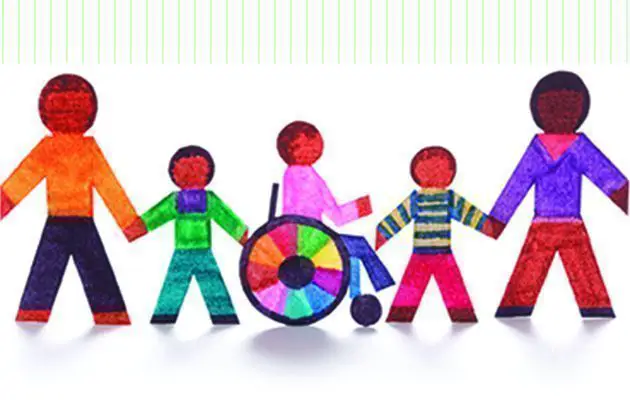If you’ve just started learning about your child’s rights, the terms can be confusing, but it’s imperative to know the terminology to be an effective advocate for your child. Here’s a cheat sheet to the most common terms you’re likely to encounter in special education.
If you’ve only just started learning about your child’s rights (or even if you’ve been in this world for a few years), the terms can be confusing. But it’s imperative that you know the terminology if you’re to be an effective advocate for your child. Here’s a cheat sheet to the most common and important terms you’re likely to encounter, provided by Bob Cunningham, M.A., Ed.M., in-house advisor on learning and attention issues for Understood.org, a digital platform for parents of children with learning and attention issues. Check out the site’s tool “Through Their Eyes,” which lets you see the world the way your child does.
Accommodation
A change that allows students to overcome weaknesses. Examples of accommodations include extra time on tests, a scribe, sitting in front of a classroom, being allowed to go to a quiet environment outside of the regular classroom to take exams, or being issued two sets of books, one to keep at home and one to leave in school. Accommodations do not alter learning expectations. In other words, your child still has to learn what everyone else does.
BIP
Behavior Intervention Plan: usually created based off the results of an FBA, taking potential social, environmental, and emotional causes into consideration.
FAPE
Free Appropriate Public Education: The responsibility of a public school to provide an education that is “appropriate” to a child’s individual needs
FBA
Functional Behavioral Assessment: This assessment looks at behavior that affects a child’s learning, such as organizational skills and ability to prioritize tasks, not academic abilities per se.
IEP
Individualized Education Program: A legally-binding document to set yearly goals for the child, including accommodations, modifications, and assistive technology
LRE
Least Restrictive Environment: Children with disabilities have to be educated alongside non-disabled peers to the extent that it’s practical.
Modification
An adjustment in the expectations of an assignment based on the child’s needs (such as shortening an essay test for a child who has trouble with handwriting, or making a 20-math-question homework assignment 10 questions)
PLAAFP
Present level of academic achievement and functional performance: You’ll see this acronym in your child’s IEP.




















